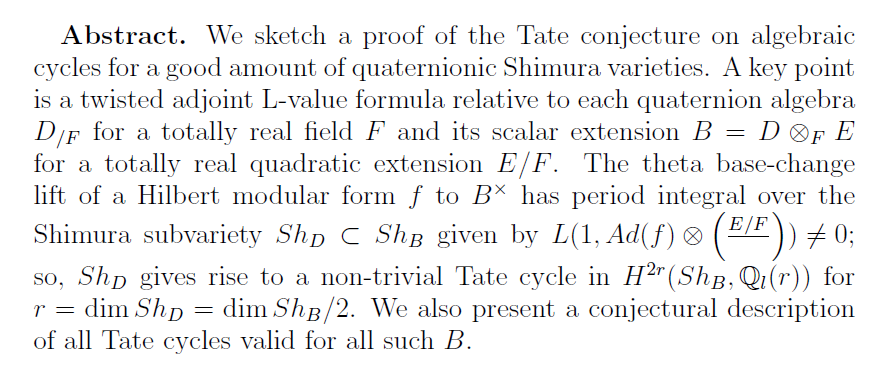Visitors should review the current campus access policy.
Advance registration may be required for attending events.
* * *
Please join us on Wednesday, November 12th
for the distinguished Ellis R. Kolchin Memorial Lecture.
Haruzo Hida (UCLA) will give a special talk titled
“Adjoint L-value and the Tate conjecture”
Time & Location:
Wednesday, November 12 @ 4:30pm
Mathematics Hall, Room 520
2990 Broadway
New York, N.Y. 10027
